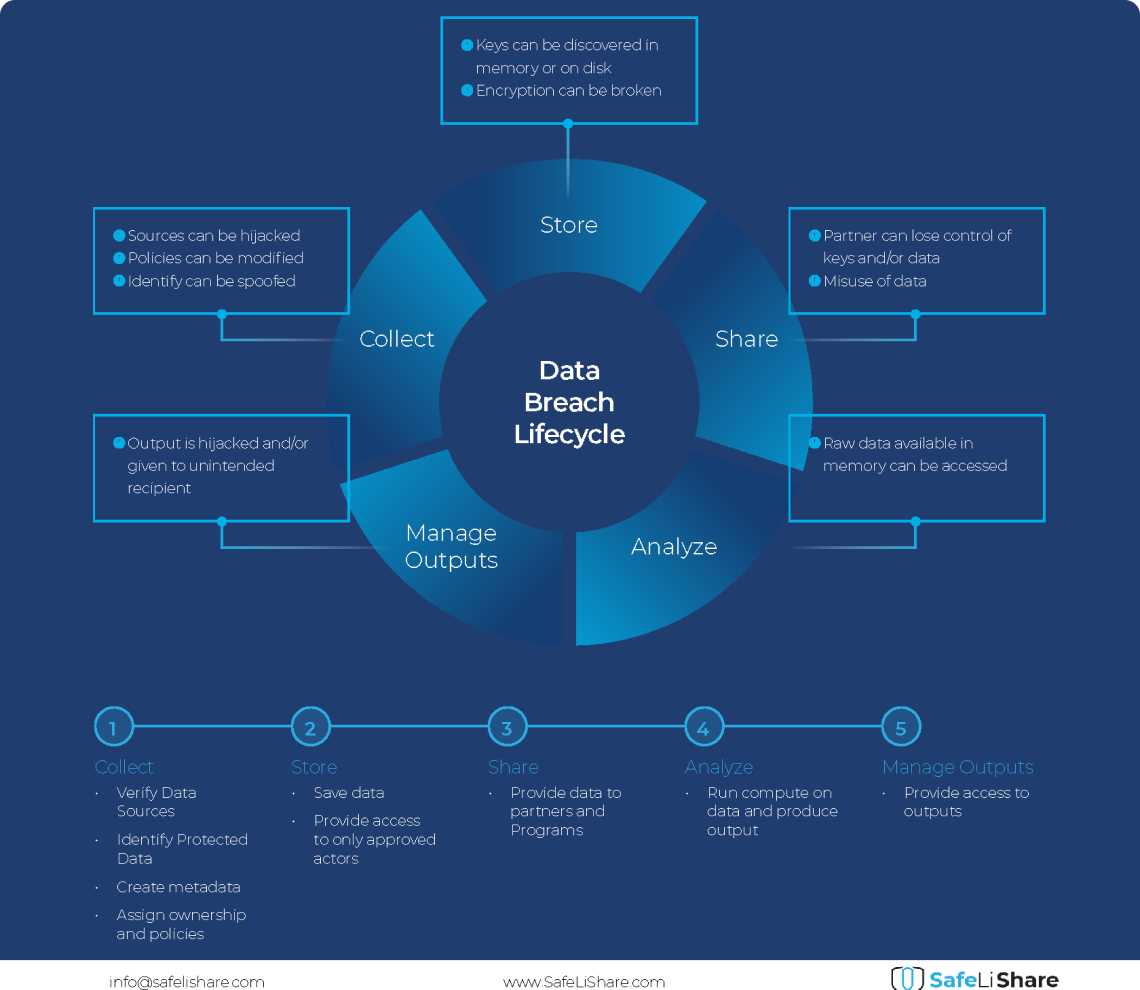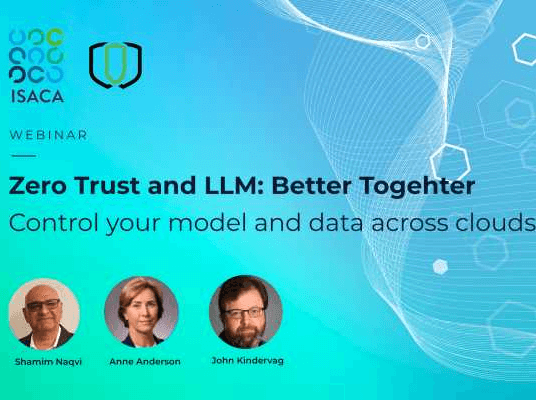Data Sharing
In today’s data-driven market, the potential for deriving business value from personal and sensitive data is immense. However, organizations increasingly find themselves at a crossroads: while they have access to valuable data, compliance with data privacy regulations and security concerns often prevent them from using it to its full potential. A startling 45% of analytics leaders cite data privacy regulations as a major barrier to realizing value, while 44% struggle with limited cross-functional collaboration (Source: Gartner). The consequence? Data stored but not shared or used becomes “toxic,” representing not only missed business opportunities but also mounting security risks.
To navigate this complex landscape, organizations need a solution that fosters data collaboration while maintaining strict regulatory compliance and mitigating risks. Secure Enclave technology offers a powerful framework to enable this balance, particularly when used in conjunction with a Confidential Clean Room for sensitive data sharing.
The Opportunity in Data Collaboration
The value of data increases significantly when shared across functions, departments, or even with external partners. However, current privacy laws and regulations, such as GDPR, HIPAA, or CCPA, place stringent requirements on how personal data can be accessed and processed. Over time, storing data without active use or secure sharing limits its potential and exacerbates the risk of breaches, misuse, or legal liabilities.
The Role of Secure Enclave in Data Collaboration
A Secure Enclave is a hardware-based technology that enables organizations to securely process and share sensitive data without exposing it to unauthorized access. It works by isolating sensitive operations in a protected environment, ensuring that data remains encrypted and inaccessible even to privileged users, external parties, or hackers.
In the context of data sharing and collaboration, the Secure Enclave plays a critical role by creating a Confidential Clean Room where data can be processed without leaving a trace. Here’s how it works:
Asset Repository and Catalog: Data assets are stored in a centralized, secure repository with detailed metadata catalogs. These catalogs help track where data originates, who has access, and what policies govern its use. The repository is designed to ensure that all data is stored securely and that its use is monitored in real time.
Encryption in Use: Data remains encrypted even while being actively used. Traditional data encryption methods protect data at rest and in transit, but the Secure Enclave adds another layer by ensuring encryption during the computation phase. This means sensitive information can be analyzed, shared, and processed without ever being exposed in plain text.
Real-Time Policy Enforcement: Through policy enforcement tools, organizations can define granular access controls. These controls can dictate who has access to what data, under what circumstances, and for what purpose. Policies are enforced in real time, ensuring that any attempt to access or manipulate data is checked against pre-defined rules, preventing unauthorized activities.
Confidential Clean Room: A Game Changer
The Confidential Clean Room is an essential innovation for secure data collaboration. Within this environment, organizations can securely share and analyze data without ever exposing sensitive details. This capability is particularly crucial when multiple parties need to collaborate but cannot risk sharing raw data for privacy or competitive reasons. For instance:
Healthcare: Hospitals and research institutions can collaborate on patient data without compromising individual privacy. They can run advanced analytics or machine learning models on shared datasets while ensuring that each organization’s data remains secure and confidential.
Finance: Banks and financial institutions can collaborate on risk models or fraud detection systems, utilizing customer data without violating privacy regulations or exposing competitive insights.
How Secure Enclave and Clean Room Drive Value
By leveraging Secure Enclave technology and Confidential Clean Rooms, organizations can:
Unlock Cross-Functional Collaboration: Teams can securely share sensitive data across departments, geographies, or even external partners, driving insights and innovation without breaching compliance rules.
Protect Sensitive Data While Maximizing Use: Sensitive data, such as personal information or intellectual property, can be processed in the Secure Enclave without being decrypted, ensuring that it is never exposed to unauthorized individuals or systems.
Ensure Real-Time Compliance: With real-time policy enforcement and audit logs, organizations can maintain full visibility into how data is being accessed, by whom, and for what purpose, thus maintaining compliance with strict regulations.
Boost Innovation and Drive Business Value: By reducing the friction associated with data privacy and compliance, organizations can fully exploit the potential of their data assets, turning stored, “toxic” data into actionable insights that drive revenue and innovation.
Conclusion: Securing the Future of Data Collaboration
In an era where data is the cornerstone of business value, the Secure Enclave with Confidential Clean Room technology offers a revolutionary solution for organizations struggling with regulatory constraints. By creating a secure, compliant environment for data sharing and collaboration, businesses can unlock the full potential of their data without compromising on security or compliance. Organizations that adopt this risk-managed approach will not only mitigate the risks of data storage but will also seize new opportunities to drive business growth in a data-driven world.
Experience Secure Collaborative Data Sharing Today.
Learn more about how SafeLiShare works
Suggested for you

February 21, 2024
Cloud Data Breach Lifecycle Explained
During the data life cycle, sensitive information may be exposed to vulnerabilities in transfer, storage, and processing activities.

February 21, 2024
Bring Compute to Data
Predicting cloud data egress costs can be a daunting task, often leading to unexpected expenses post-collaboration and inference.

February 21, 2024
Zero Trust and LLM: Better Together
Cloud analytics inference and Zero Trust security principles are synergistic components that significantly enhance data-driven decision-making and cybersecurity resilience.